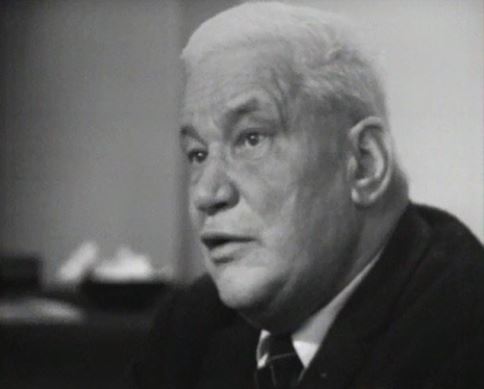Lew Kowarski was a Russian-born French physicist. He worked as part of the team that discovered that neutrons were emitted in the fission of uranium-235 in the 1930s, setting the groundwork for the use of nuclear chain reactions in the design of the atomic bomb.
When World War II broke out in Europe in 1939, Kowarski fled France and moved to England, where he continued research at the Cavendish Laboratory in Cambridge for the MAUD Committee, part of the wartime Tube Alloys project. Just before the German invasion, Kowarski’s records and papers were smuggled out of France. Included in this operation were 26 drums of heavy water, the world’s entire stock at the time.
After the Second World War, Kowarski went on to supervise the first French nuclear reactors. He became a staff member of the European Organization for Nuclear Research, or CERN, in 1953.





